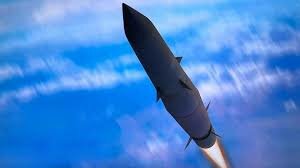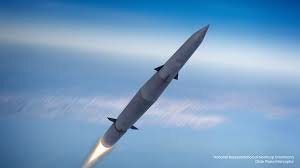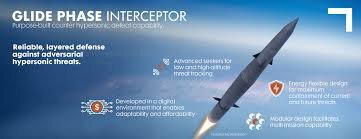It opens with sea to air, anti-aircraft combat footage from WWII

54). White hot tracer bullets from AA guns fire at Kamikazes during the close of the Second World War. (
1:09). A kamikaze zips by close to the camera (
1:30) exploding on impact (
1:33). Black smoke clouds fill the ship’s deck (
1:40). The Navy played a vital role in winning the Second World War. Helicopters peel from an aircraft carrier deck (
2:16). A good shot shows Navy soldiers carrying machine guns (
2:27). Soldiers wade through deep waters (
2:34). A boat cuts through the waters with the gunner at his position (
2:49). A Navy doctor delivers a baby an inoculation (
2:51). Navy task force at sea (
3:16) as the narrator mentions the Navy sought to cover four oceans. The Douglas A-4 Skyhawk zips off (
3:25). Sailors flash signals by Aldis lamp (
3:30). Weapon systems of the vessels were updated (
3:53) as enemy aircraft could now travel at supersonic speeds (
4:04). Crew members operate advanced detection devices (
4:13). A radar dish (
4:22) following signs of enemy craft. An alarm is sounded and the crew grabs helmets (
4:44) and man battle stations. A missile is sent off the ship deck (
5:08). The airborne target is pictured as a ball of flames in the sky (
5:38). Various long range ballistic missiles appear (
5:47). Operation Bumblebee (
5:51) was a postwar effort to develop surface to air missiles for the Navy. The program delivered the RIM-2 Terrier, RIM-24 Tartar and the RIM-8 Talos (
6:12). These were ramjet powered missiles. A solid fuel rocket booster and ramjet engine propels the missile (
6:21). A radar system guides the missile to its target (
6:34). A good shot shows the empty case falling from the base at booster burnout (
6:41). One of the seven cruisers of the fleet appears (
6:53) carrying the Talos system (
6:57). The Terrier missile system was first introduced in 1956 (
7:03). Missiles stick out on the ship at 26 feet long (
7:08). One is fired out (
7:10). An aerial shot shows the missile shooting from the cruiser deck (
7:25). The second portion of the stage is known as the sustainer (
7:42). The target is hit here (
7:48). This weapons program was to arm 39 warships (
7:53). A destroyer rides alongside a cruiser (
8:02). Two Tartar missiles shoot up and ready themselves for fire (
8:30) on a heavy cruiser. The fifteen foot missiles had a range of 15 miles. The narrator mentions Tartar was also serving Italy, France, Australia, Spain and Japan (
8:53). One is fired from the ship deck (
8:59). Two of the eighty ships in the service missile fleet appear (
9:07). A destroyer (
9:13) is pictured carrying the usual anti-submarine warfare weapons. A frigate is pictured (
9:25). These were now as large as carriers of WWII (
9:25). A cruiser fires off a guided missile (
9:29). Point defense is explained (
9:39). The launcher is pictured (
9:54) holding eight Sea Sparrow missiles. The operator works to center the aim dot on the radar display (
10:09). A Sea Sparrow is fired (
10:19). A ship is hit and explodes (
10:23). The camera pans around the aircraft carrier Enterprise (
10:32). A missile shoots up from the deck (
10:44). Rear Admiral Gralla (
10:55) appears. Commanding Officer Oscar Dreyer is pictured in his office (
11:11) at the Naval ship missile systems engineering station at Port Hueneme of California. Engineers provide logistical support to the guided missile fleet (
11:22). A missile is lifted by crane (
11:29). A standard missile aims directly at the camera (
11:58). Standards were interchangeable between terrier and tartar. Another standard missile is fired from the ship deck (
12:28). The USS Norton Sound appears (
12:40). It was commissioned for weapons research in 1964. She first launched the Sea Sparrow in 1965. Ships burn in the water in WWII (
13:14). Guided missiles are aimed (
13:37). Crew are pictured hard at work in the plotting room (
13:49). The Weapons Officer (
13:52) selects a missile which is fired shortly after (
14:01). Screenplay and production for this film was completed by William Nash (
14:44). Planes explode and missiles are fired off as the film concludes with the credits (
14:59).



